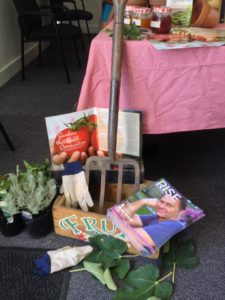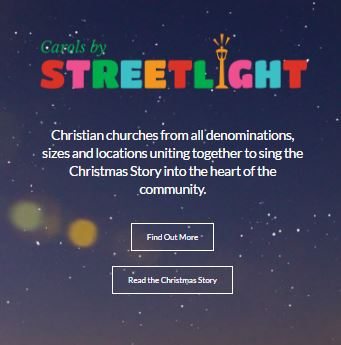Horticultural expert Martin Crabb talks about the worldwide trend back to communal gardening, designing and building a community garden, and the many benefits that flow to those who get involved.
It’s becoming difficult to connect with other people in a personal and meaningful way, when we have the advantage of a multitude of electronic social media options at our finger tips. But the humble vegetable patch seems to be providing the opportunity for change and bringing communities back together again.
Over recent decades, community gardening has experienced a worldwide resurgence. It’s like a journey back in history, where growing and sharing fresh produce is becoming an important way of interacting with others. People are discovering the benefits of working the soil, planting the seeds and reaping the benefits with a shared passion, fostering good health and giving people a place of belonging.
This simple timeless social activity is a wonderful reminder of the way things were.
Asians have learned this lesson, demonstrated by their popular local village markets that have been a daily way of life for generations. How can tourists forget the vibrant colour, exotic produce, unaccustomed aromas and the hustle and bustle of such places? Take the coast town of Hoi An in central Vietnam, as an example. Here you can watch the local community in action, with fresh grown produce delivered by narrow canoes, enthusiastic sellers and keen shoppers determined to get the freshest and best. Whilst this experience can’t be replicated in Australia, we can model community sharing in our own backyards through community gardening.
When the Soviet Bloc collapsed in 1989, the city of Havana in Cuba lost its food imports and agricultural resources leading to widespread food shortages.
Havana residents responded by creating self-sustaining kitchen gardens on balconies, backyards and once vacant or abandoned plots. They relied on organic fertilizers such as chicken or cow manure and household food waste, to enrich the soil. This unused land, sometimes only a few square metres, became social hubs in the production of food and medicinal supplies.
Havana’s farms and gardens are steadily increasing; both in size and number, and people are developing new skills, bringing together cross generational communities and promoting healthy living. The gardens also bring environmental benefits. Many empty lots, which earlier were informal garbage dumps, are now productive and pleasant to the eye.
Here in Australia we are discovering the benefits of community gardens, bringing together people from all walks of life, backgrounds and ages, fostering a lively and connected community. Here they can learn from each other, often from the rich diversity of our multi-cultural society. Whilst gardening is the focus, they foster community hubs for a range of activities – learning and education, playgroups, arts and creative activities, sharing food and new recipes, community events, celebrations and relaxation.
Currently, there are more than fifty community gardens registered in South Australia.
Most of our local schools and kindergartens have vegetable gardens as part of their curriculum. Children seem to have a connection with playing in the soil, planting and experiencing the fun of picking ripe fruit as I have found with my own children.Churches can play their part. In New York City, a Bronx Baptist church is reaching out to tough urban youth by welcoming them to be a part of their community garden and their involvement is having a positive impact on their lives.

Enfield Baptist Church in South Australia is reaching out to their neighbours through ‘Den’s Community Garden’.
As a member of the Enfield Baptist Church, I have been able to share my passion for growing plants and vegetables by designing a community garden ideally located at the front of our Lifewell Community Partnership Centre. The majority of building materials are reclaimed products like old red home bricks, hardwood housing trusses, timber shipping crates and stones salvaged from a neighbour’s yard. Along with the environmental benefits, I have found using recycled materials helps to achieve a creative and unique rustic appeal.
Known as ‘Den’s Community Garden’, the facility complements our desire to encourage and connect with our local community in an authentic and practical way. The garden promotes nutritional, healthy eating and is an avenue to give helpful tips through a range of workshops. Many ‘home-grown’ success stories have eventuated. The garden also provides a wonderful opportunity of sharing one’s faith, by exploring the way God is with us through the gifts of nature and gardening together.
As Edythe Neumann said, “The act of gardening can teach us something about ourselves, about our interdependence with the world of nature, about the relationships between work and creativity, and about how we might begin to discern those spiritual facts that elude us in other aspects of life. Gardening can also be an expression of community and conversation – another way to say that God is with us on the earth, a way to picture God’s presence with us – through the gifts of nature and gardening together.”
For information on how to get involved in your local community garden or how to start one: communitygarden.org.au
This article was first published in the March 2014 glossy edition of RISE magazine. See back issues here.





